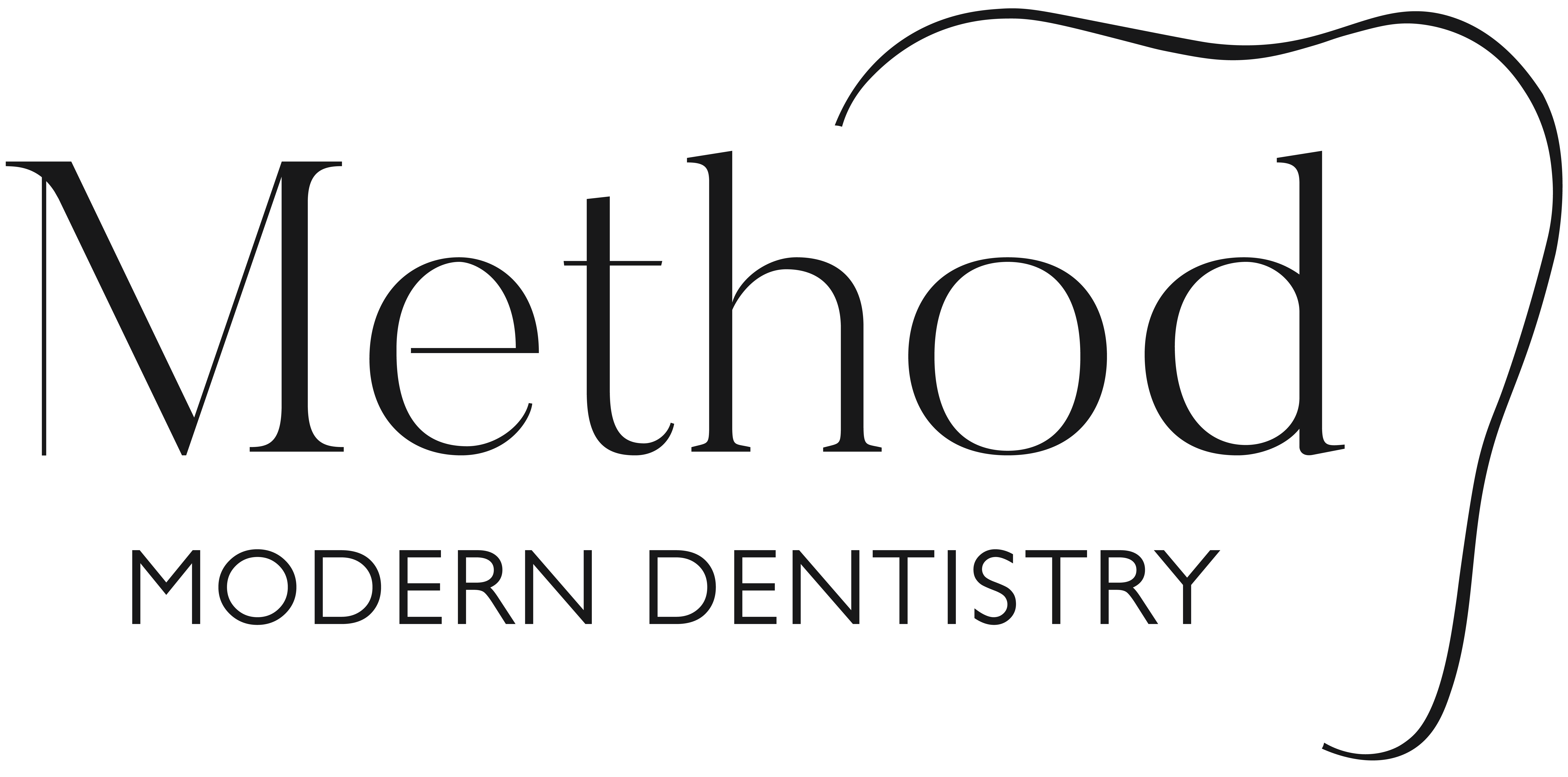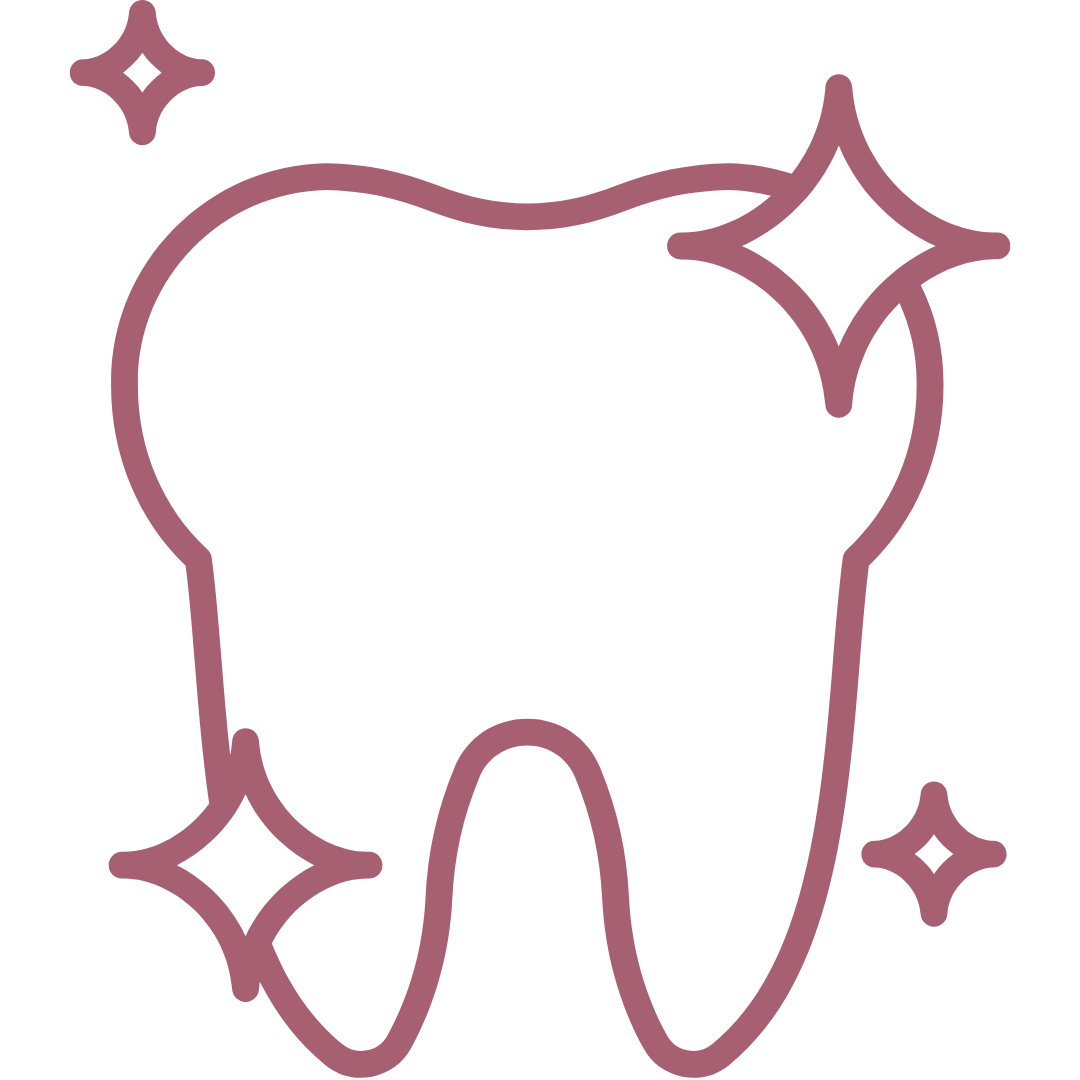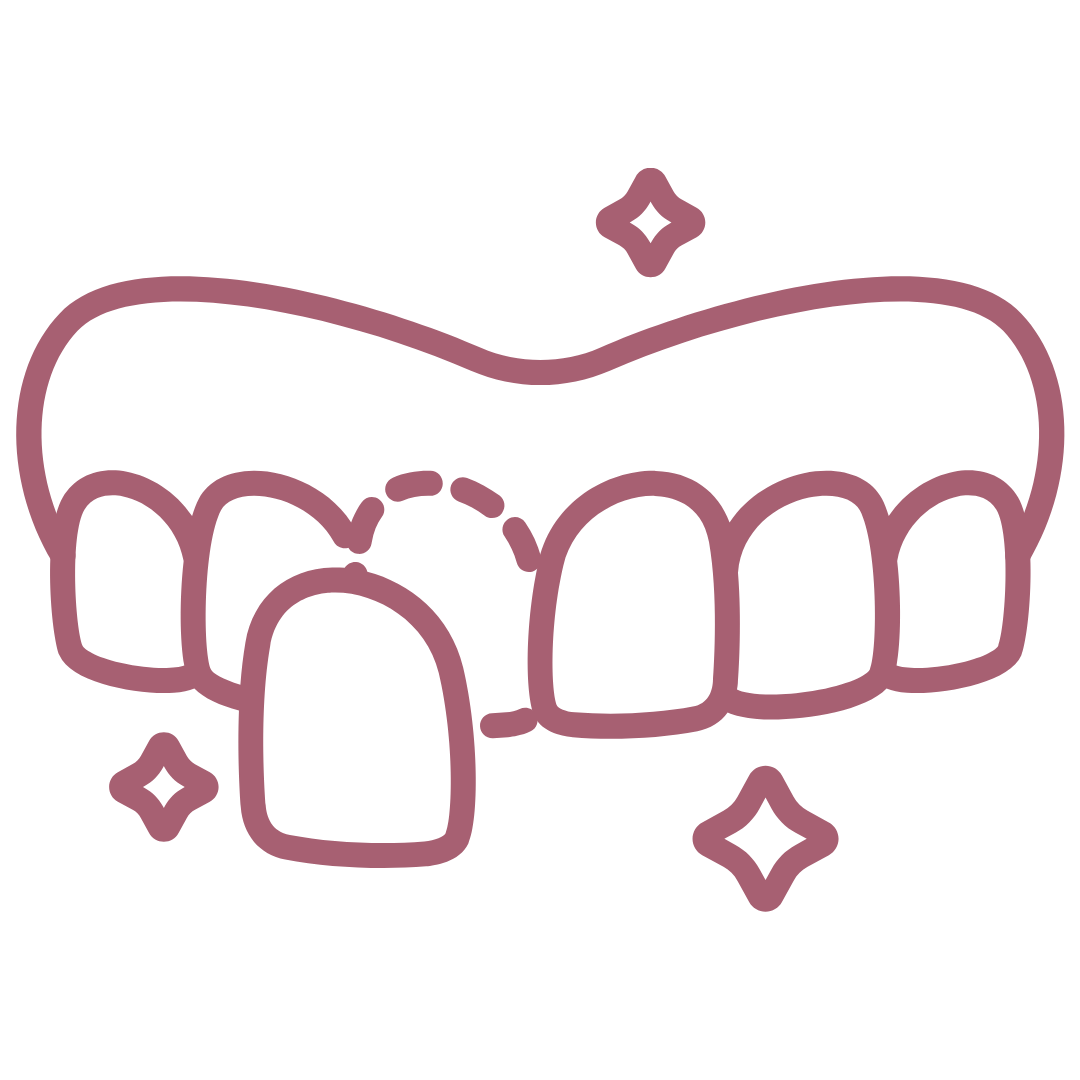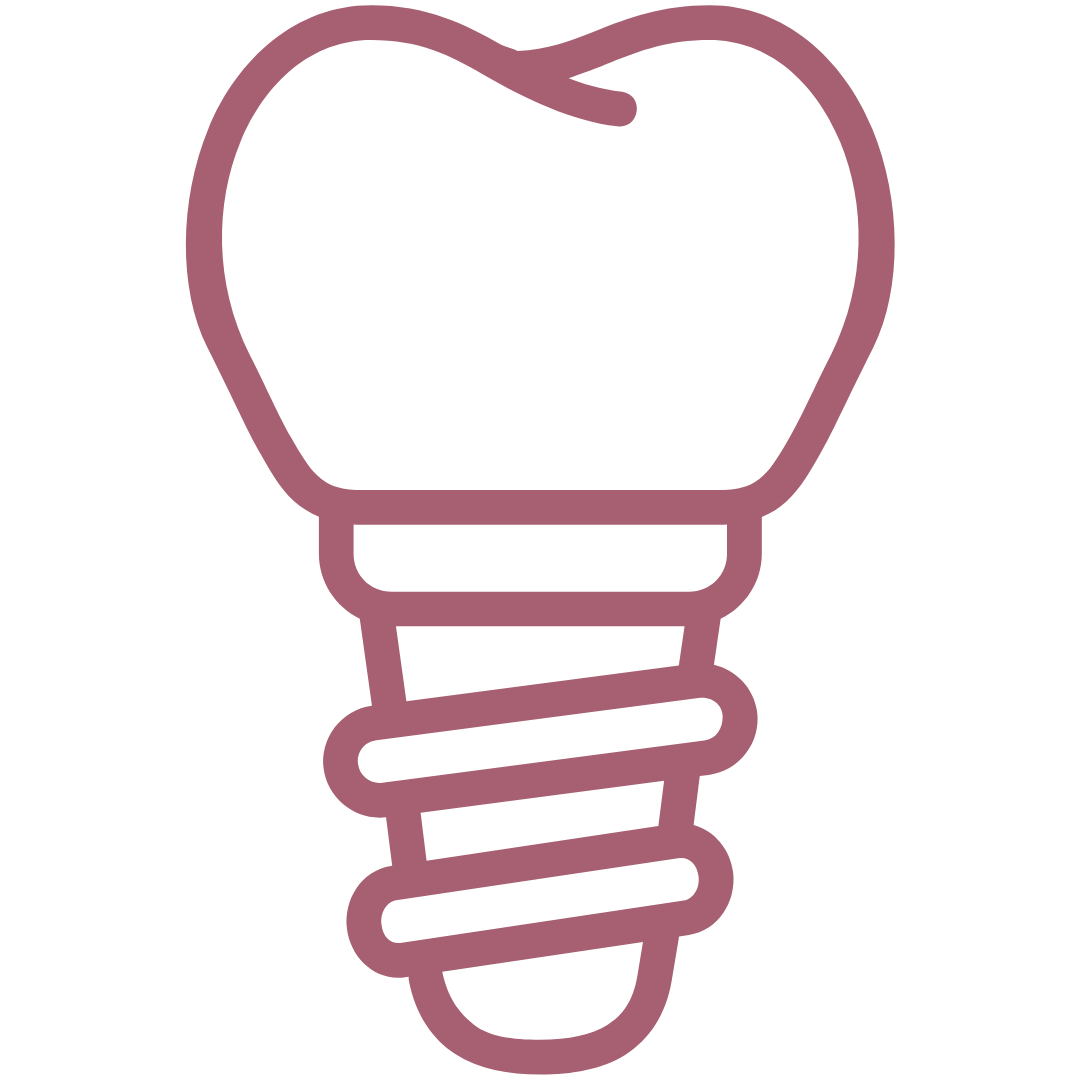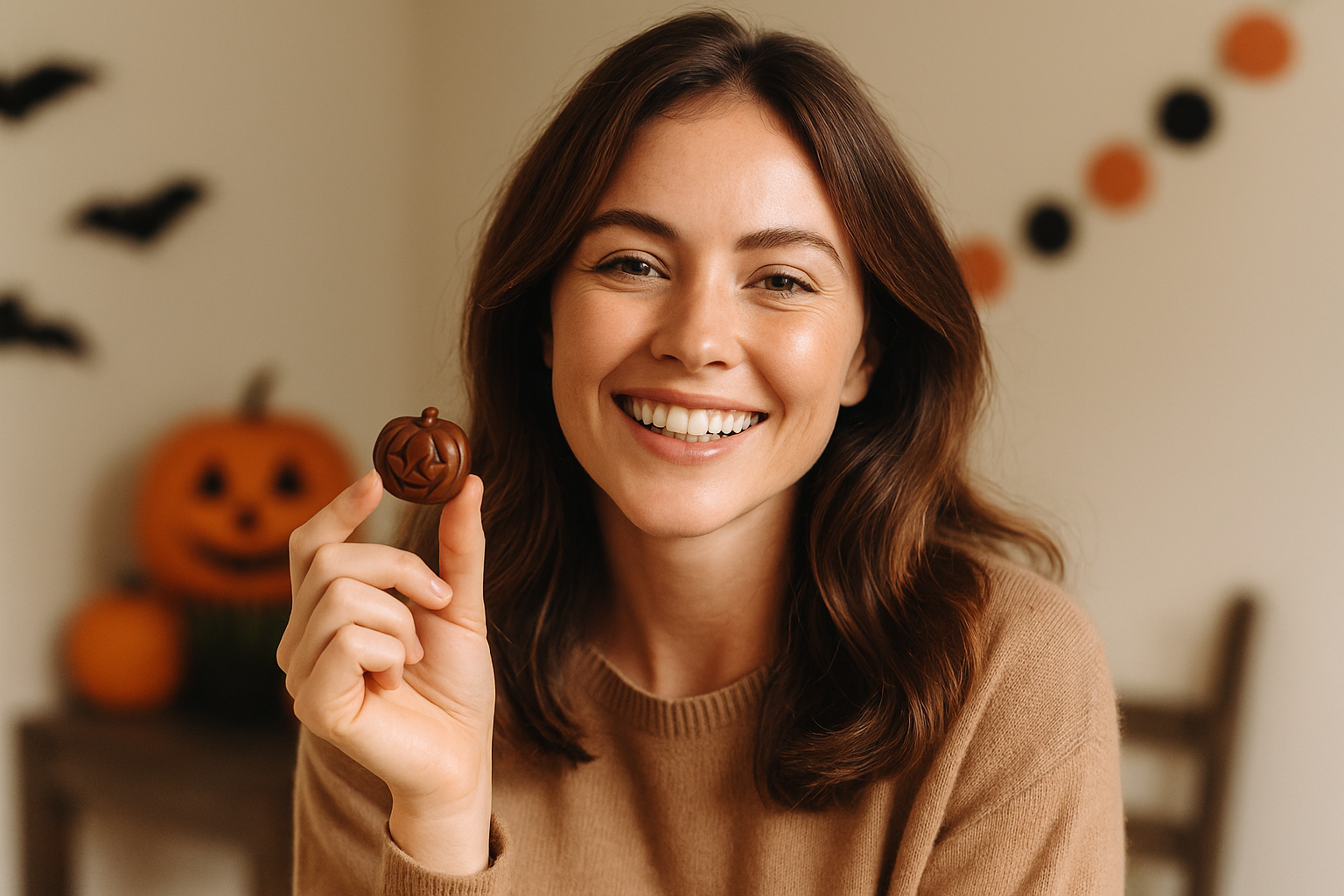

Expert dental tips, news, and smile advice
A Halloween Tale and What Your Teeth Want You to Know
November 18, 2025
•
5 min read
Share this post:
When Lisa pulled into her driveway on Halloween night, she felt a dull throb behind her upper left molar. She had helped her daughter trick-or-treat through Crabapple, sampling a few Halloween treats along the way. She’d eaten a sticky caramel apple half by half throughout the evening. By the time she got home, the ache had sharpened into something she couldn’t ignore.
Inside, her daughter chattered excitedly about candy, costumes, and ghost stories. But Lisa sat quietly, clutching an ice pack, wondering what she had done to her smile in the name of a few sweets. She thought, Maybe this is nothing… or maybe I just damaged a tooth. The uncertainty gnawed at her.
The Dilemma: Candy vs. Consequence
Lisa’s choice that evening—sampling treats while on-the-go—mirrors what many adults do during Halloween. It seems harmless: a bite of caramel here, a chew of gummy candy there. But sticky and acidic candies linger, bathing enamel in sugar and acid longer than chocolate or fast-dissolving sweets.
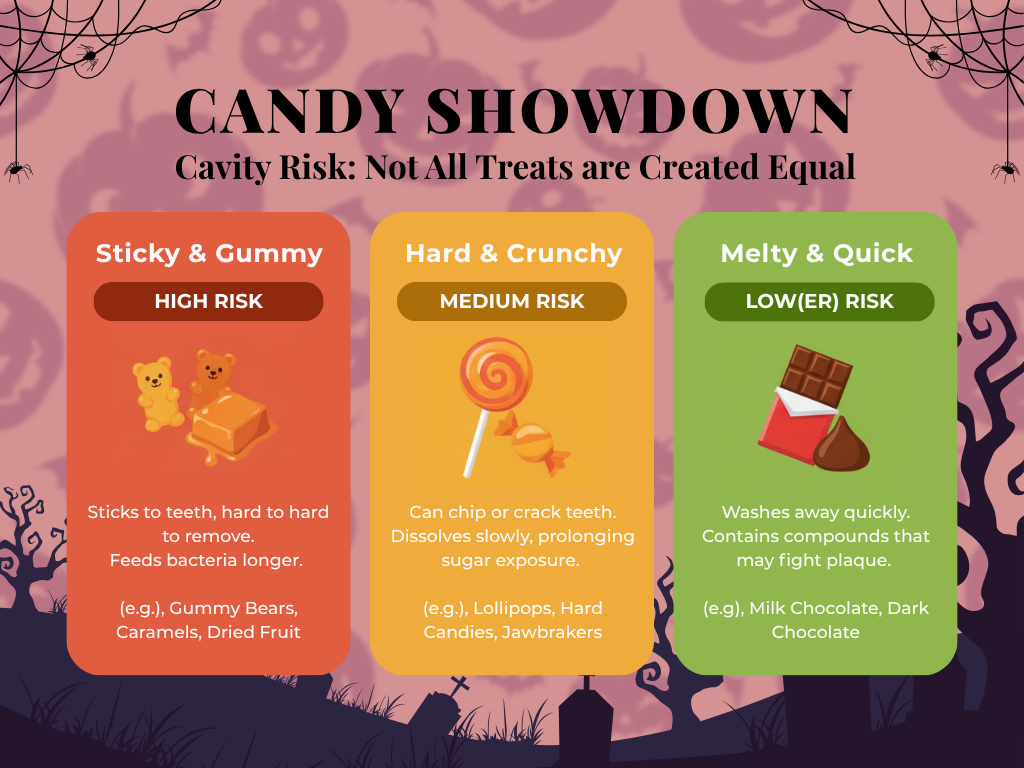
As Lisa weighed whether to call her dentist, her mind ticked through several questions:
- What exactly is happening underneath that ache?
- Could a crown or filling fix it, or is it worse?
- How much will it cost?
- Can I salvage my tooth without an emergency trip?
Her anxiety wasn’t just about pain—it was about time, money, and the fear that she might lose a tooth.
What Candy Does to Your Teeth (Through Lisa’s Lens)
Sticky Monsters: The Caramel Trap
When you chew sticky goodies like caramel apples or chewy taffy, sugar clings to the grooves of your teeth and in between surfaces. It lingers long after the candy is swallowed—and those sugar remnants feed decay-causing bacteria. That’s exactly what Lisa did: half a caramel apple over 20 minutes, allowing sugar to saturate her enamel.
Acid Attack: Sour and Hard Candies
Sour candies deliver a double punch—acid plus sugar. They soften enamel, and if you brush too soon, you risk brushing off softened enamel. Hard candies (like lollipops or jawbreakers) dissolve slowly, extending exposure time. One dentist estimated emergency visits spike by up to 80% around Halloween due to cracked teeth, dislodged fillings, or pain from cavities aggravated by candy consumption.
Chocolate Is the Lesser Evil
Dark or milk chocolate dissolves faster and doesn’t stick as much, which means less contact time with teeth. If you must indulge, chocolate is a comparatively safer choice.
The Hidden Cost: Sugar Grazing
Sampling candy bit by bit over hours allows repeated acid attacks throughout the night. The more you nibble, the more recharge time you give bacteria. A better strategy: choose a few candies right after a meal when increased saliva flow helps neutralize acids.

Lisa’s Journey to Relief and Renewal
That night, Lisa woke up at 2 a.m. with a sharp spike of pain. She rang the office—Method Modern Dentistry was able to squeeze her in first thing in the morning.
At her appointment, Dr. Alex Franco conducted a quick exam and digital X-rays. She confirmed that a tiny crack had formed in a tooth that already had a small filling. The sugar-lingered enamel had weakened the margins, and the repeated acid attacks undercut the bond.
She had two options:
- Temporary relief + monitoring — a resin repair and close checkups
- Permanent repair — a new crown that would protect the tooth long-term
Lisa was nervous about the idea of a crown, but Dr. Franco walked her through every step. “Think of it as a helmet for your tooth—one that preserves all your bite function without loss of strength,” he said.

She chose the crown route. Over two visits, the tooth was prepared, a digital impression made, and the final custom crown placed. Within days, the pain subsided and Lisa told us, “It’s like the tooth never knew anything was wrong.”
Emotionally, she felt a wave of relief—not just from the physical pain, but from the fear that she might lose something she’d taken for granted.
If you’re feeling odd sensitivity or discomfort after Halloween, we’d love to check it before it becomes serious—contact us for an exam.
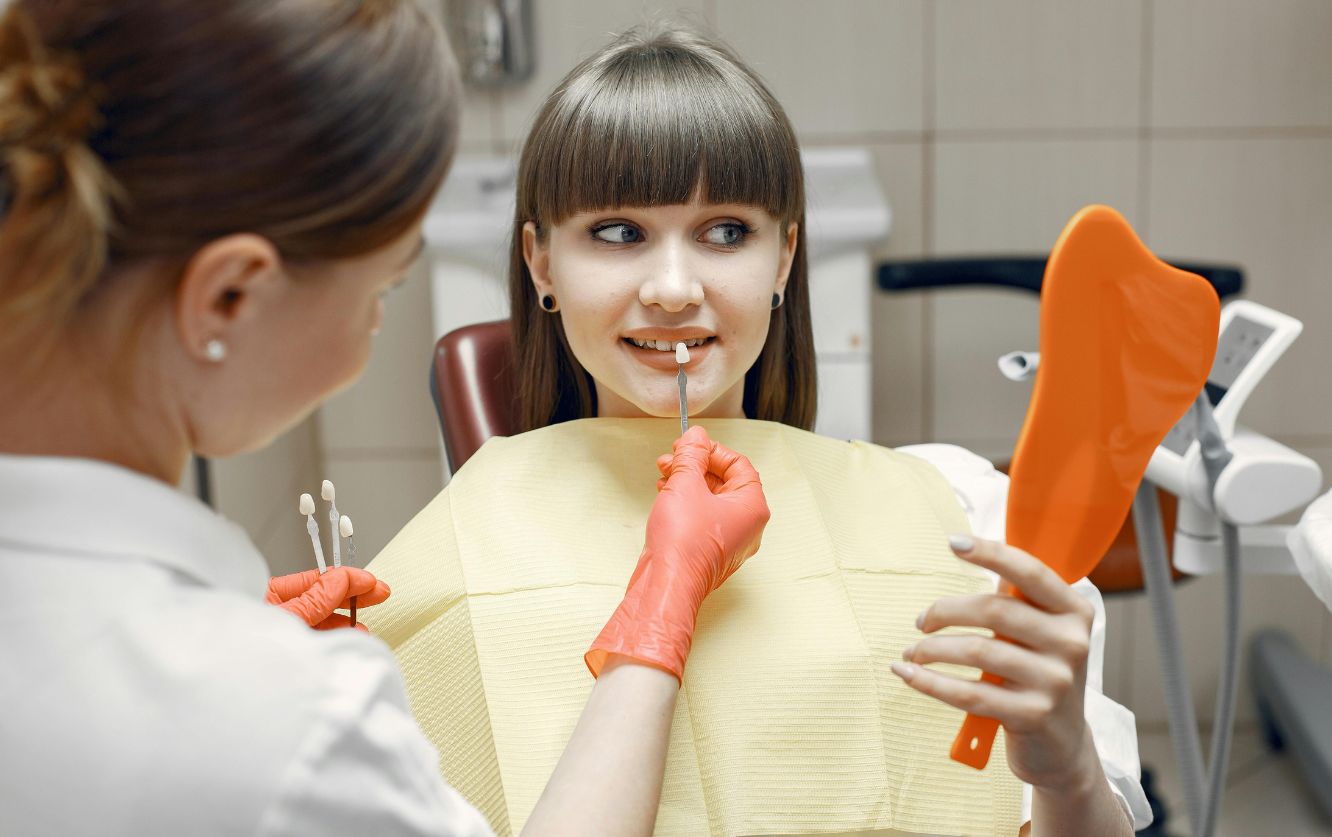
How You Can Avoid the Same Fate
Lisa’s story isn’t meant to scare you—it’s meant to remind you that even small habits can make a big difference. The truth is, Halloween doesn’t have to be a battle between enjoying your favorite sweets and protecting your smile. It’s all about balance and awareness.
A few smart choices before, during, and after those candy moments can save you from the kind of post-Halloween toothache Lisa faced. Here’s how to enjoy the treats while keeping your teeth strong and healthy:
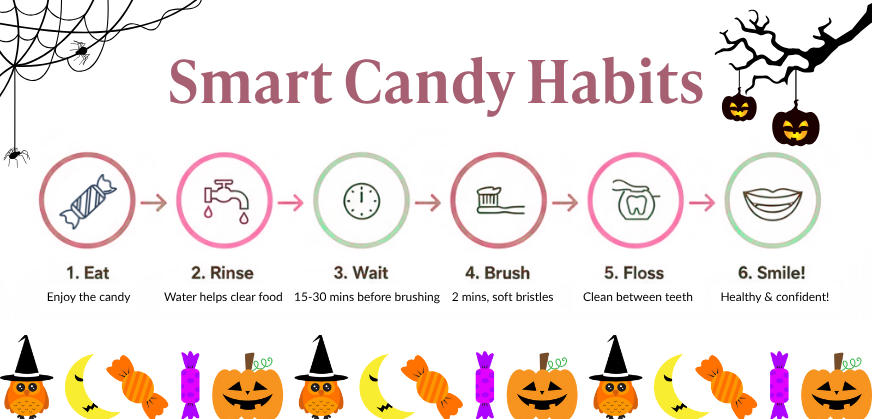
What to Expect If You Need a Crown or Repair
Most crowns last 10 to 15 years or longer with the right habits, but their true lifespan often depends on how you care for them day to day. Brushing twice daily with a soft-bristled toothbrush, flossing carefully around the crown, and visiting your dentist for routine cleanings can make a remarkable difference. Avoiding habits like chewing ice, biting fingernails, or opening packages with your teeth also helps preserve the crown’s structure and the health of the tooth underneath. With consistent care, many patients find their crowns last well beyond a decade—still fitting comfortably, functioning naturally, and blending perfectly with the rest of their smile.
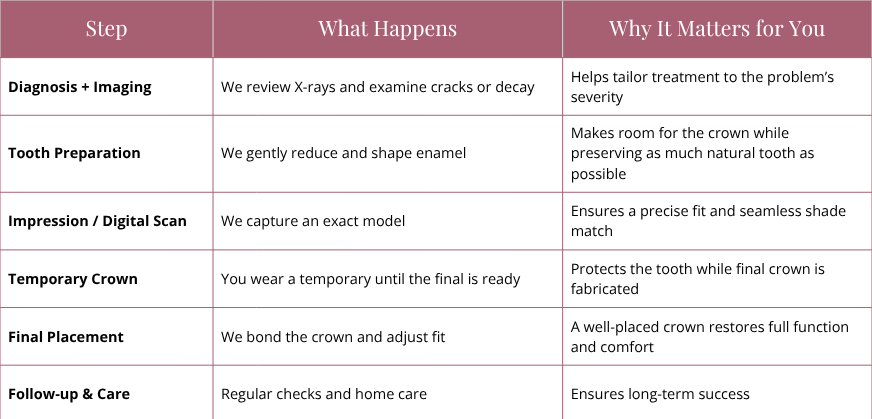
From Scare to Smile: The Real Lesson Here
Lisa’s Halloween turned unexpectedly scary—her tooth, compromised by sugar overexposure, needed repair. But with prompt care, a thoughtful plan, and shared decision-making, she walked away with a restored smile and renewed confidence. Her story isn’t rare—it’s a reminder that even small indulgences can become problems if our habits don’t protect us.
This season, enjoy the fun but guard your smile. Be intentional, rinse smart, and if doubts linger, check it out sooner rather than later.
Want to protect your teeth this Halloween or schedule a post-candy checkup? We’re here for you! Book a visit and let’s keep your smile safe and strong.
Categories:
FAQ
Q: How soon should I schedule a dental check after heavy candy consumption?
A: Within a week or two is ideal—this gives our team a chance to find issues before they worsen and perform a professional cleaning to reduce sugar residue.
Q: Are crowns painful to get?
A: Most patients feel only local anesthesia. You might sense pressure but not sharp pain. Any discomfort afterward is mild and short-lived.
Q: Will my insurance cover a crown after an emergency?
A: Many dental plans cover part of a crown if it’s deemed medically necessary (not purely cosmetic). Our team helps you check benefits ahead of time.
Q: How do I know if my pain is just sensitivity or something serious?
A: Sensitivity that lingers, especially when biting or after candy, may signal deeper issues. Fluctuating pain is a red flag—call your dentist promptly.
Q: Can I prevent cracks if I only eat chocolate, not sticky candy?
A: Yes, chocolate is gentler, but habits like clenching, grinding, or acid in your diet can also cause stress cracks. Regular exams help catch subtle damage.
Q: Do kids need crowns post-Halloween often?
A: It happens—especially if decay is advanced. Early visits, fluoride treatments, and sealants can reduce the risk substantially.
Ready To Schedule Your Visit?
Book Your Dental Appointment Today

Thank you for booking your appointment!
We’ve received your request and will contact you soon to confirm the details. We look forward to seeing you at Method Modern Dentistry!
Oops! Something went wrong while submitting the form.
Related Blog Posts
Stay Informed with Expert Insights & Tips About Dental Care

Thanksgiving Tooth Troubles? Enjoy the Feast Without the Pain
Thanksgiving should taste like comfort—not tooth pain. Here’s how to handle a sudden zing, enjoy the feast, and choose the right fix that lasts.
11.18.2025
Read More 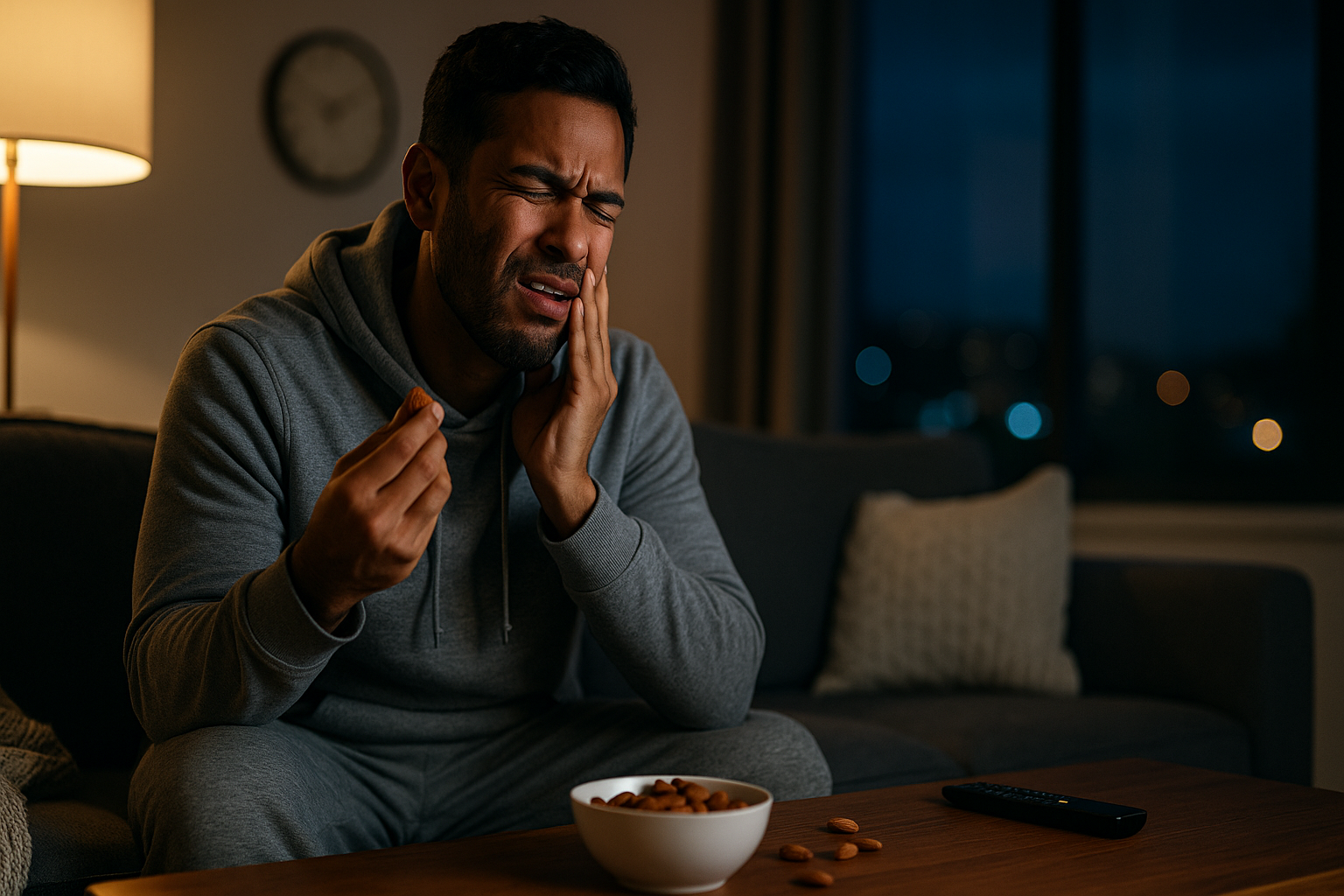
Tooth Broke Tonight? Here’s What to Do Before You’re Seen
Bit down and felt a crack? Here’s what to do in the first hour, how we fix it fast, and when a crown or implant makes the most sense.
11.18.2025
Read More 